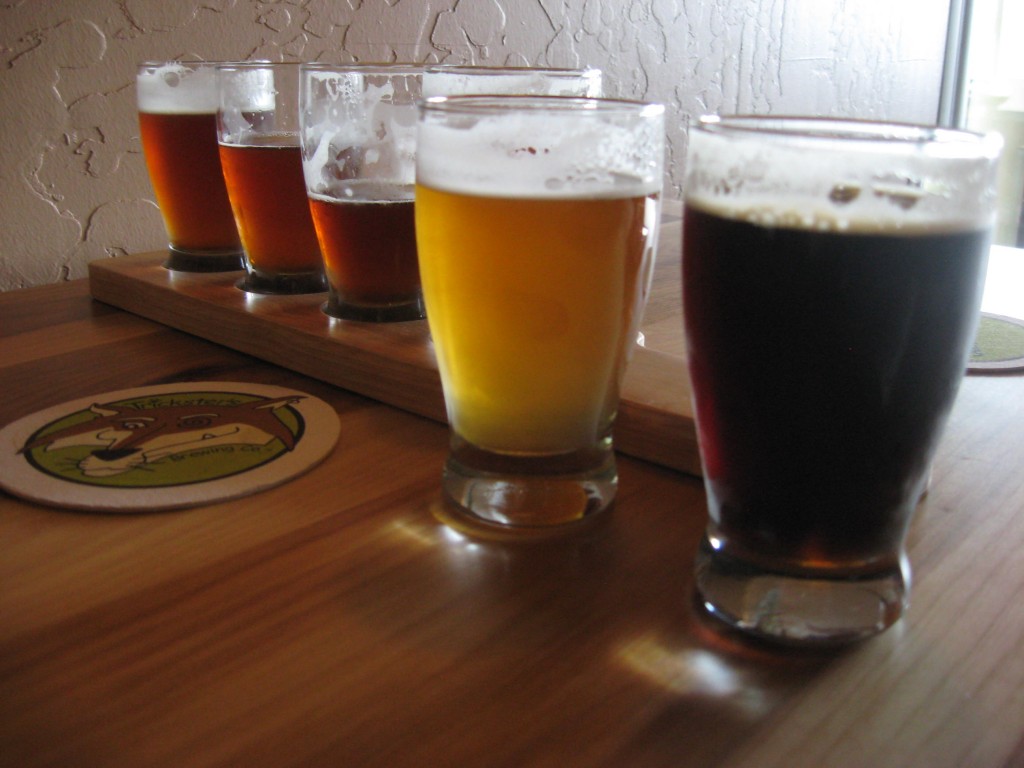
Picture courtesy All About Beer
Amelia Earhart flew a plane. Chuck Berry rocked an electric guitar. To secure his place in history, Charlie Papazian — the father of America’s transformational homebrewing and craft brewing cultures — twirled a wooden spoon.
Just this week, Papazian announced he’d be exiting the Brewers Association in January 2019, marking four decades of influence on American brewing. His spoon is part of the story.
For its role in the first dozen years of Papazian’s tasty overthrow of America’s beer culture, Papazian’s wooden spoon — 18 inches long, wort-stained and worn from hundreds of brewing days — has a new address in the nation’s capital. Later this year it will become part of a Smithsonian Institution National Museum of American History exhibit entitled “FOOD: Transforming the American Table 1950-2000.†Centerpieced by Julia Child’s reconstructed home kitchen, the exhibit chronicles the “impact of innovations and new technologies†on America’s post-World War II food and drink landscape.
Want to read more? Please click…
HERE


 Victors in the world of competitive barbecue are judged by just a single bite. Thus, when you’re producing some ribs or brisket for the blind tasting, competitors look to pack each and every possible bite with an overwhelming amount of sugary, salty, smoky, fatty flavor. The funny thing is, were you to actually try to eat an entire meal of these “competition†ribs or brisket, you couldn’t. They would be far too sickly sweet, way too nauseatingly rich.
Victors in the world of competitive barbecue are judged by just a single bite. Thus, when you’re producing some ribs or brisket for the blind tasting, competitors look to pack each and every possible bite with an overwhelming amount of sugary, salty, smoky, fatty flavor. The funny thing is, were you to actually try to eat an entire meal of these “competition†ribs or brisket, you couldn’t. They would be far too sickly sweet, way too nauseatingly rich.






You must be logged in to post a comment.